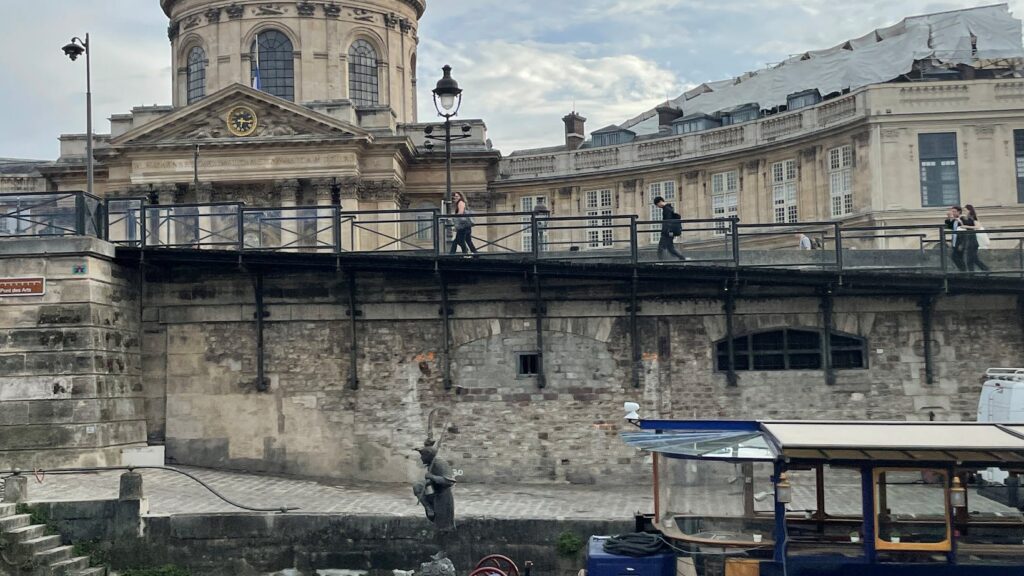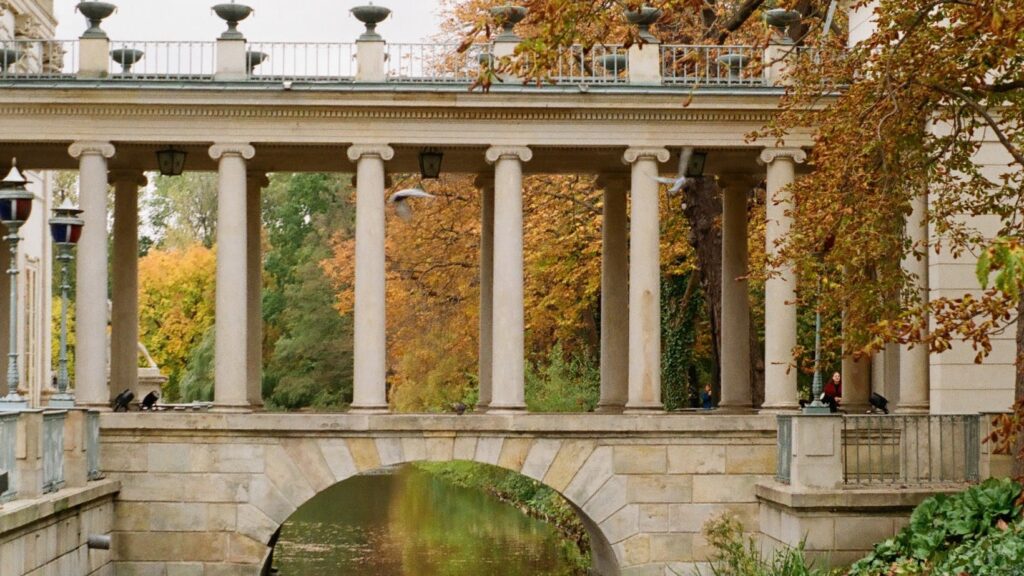Beneath the bustling city of love and light, there lies a dark, eerie labyrinth known as the Paris Catacombs. This vast network of tunnels and chambers, home to millions of human remains, has long fascinated locals and tourists alike. But who are these catacomb people, the ones who’ve made this macabre subterranean world their own?
Paris Catacombs People
Paris catacombs confirm a captivating history that dates back to the end of the 18th century. Originally, limestone quarries, they morphed into catacombs, a clandestine labyrinth housing nearly six million of Paris’ past residents. These catacombs stretch below Paris’s vibrant streets across an expansive distance of approximately 200 miles. Modern enterprising explorers, or “cataphiles,” venture into these tangible reminders of mortality regularly.
Paris catacombs offer a dark network of subterranean tunnels and rooms, displaying neat stacks of skeletal remains. Though public access covers a meagre 1.5 miles, the restricted sections appeal to urban explorers. These catacomb adventurers, fueled by their desire for thrill and historical intrigue, navigate narrow passageways, leap bottomless pits, and evade local authorities to delve into catacomb depths.

Apart from explorers, artists also inhabit these catacombs, giving birth to unusual subterranean art. Inside this silent city of the dead, they find an inspiring artistic canvas for their expressions. Secret concerts, film screenings, and murals surface in these spaces, illuminating the catacombs’ cinematic and artistic potential. Thus, Paris catacombs reflect a paradox, an overlap of life and death, past and present, art and decay.
Who are the Paris Catacombs People
Residing in the depths of Paris, lies a unique underground community, notably referred to as the Paris Catacombs people. Primarily, this group encompasses cataphiles – intrepid urban explorers with an appetite for adventure and history. Yearning for the unfiltered experience, they navigate through the murky restricted sections, unearthing the mesmerizing Catacombs’ clandestine secrets.
Next, underground artists form another crucial section of the Catacombs people. Inspired by the eerie ambiance, they harness the unique aesthetics of the buried remains and worn limestone in their artistic endeavors—staging impromptu exhibits, musical concerts, and film showings.
Thirdly, caretakers and tour guides who manage the public-accessible parts of this underground network also fall under this category. They ensure that the visitors’ interactions with the Catacombs remain respectful and informative, cultivating an understanding of its profound historical significance.
Influence of Paris Catacombs on Culture and Society
The Paris Catacombs’ culture echoes through modern society, reflecting its mark in various fields. Primarily, it fostered a unique subculture among enthusiasts, cataphiles, who explore this underworld, tracing its history and fostering camaraderie. It’s paved the way for a distinctive underground art movement, with artists finding inspiration amid skeletal remains.

Significantly, literature and film industries received heavy influence from the catacombs’ stories, evident in horror movies and mystery novels where catacombs provide the eerie backdrop. Paris Catacombs have driven tourism as well, attracting thousands annually, drawn by history, thrill-seeking, or art, thus infusing economic prosperity. Moreover, the catacombs’ caretakers ensure education and respectful engagement, enhancing societal respect for history and the ephemeral nature of life.
Conservation and Challenges
The Paris Catacombs are more than just an eerie resting place for millions of souls. They’re a cultural phenomenon, a hotbed for underground art, and a significant contributor to Paris’ tourism revenue. That said, they also present unique challenges. As the site continues to attract diverse visitors, the importance of managing it respectfully can’t be overstated. The catacombs are a testament to our fascination with mortality, and they offer a historical perspective that’s as compelling as it is unsettling. Yet, they also embody the ethical dilemmas of dark tourism. As we navigate these complexities, the catacombs remind us of the need for balance – between curiosity and respect, education and exploitation, thrill-seeking and reverence. They’re a treasure trove of history and culture, but they’re also a stark reminder of our mortality – a balance that makes them uniquely captivating.
